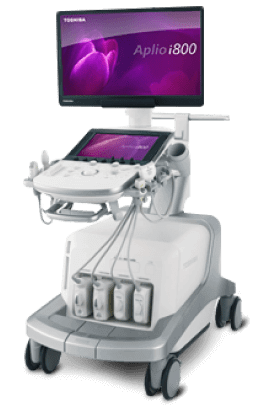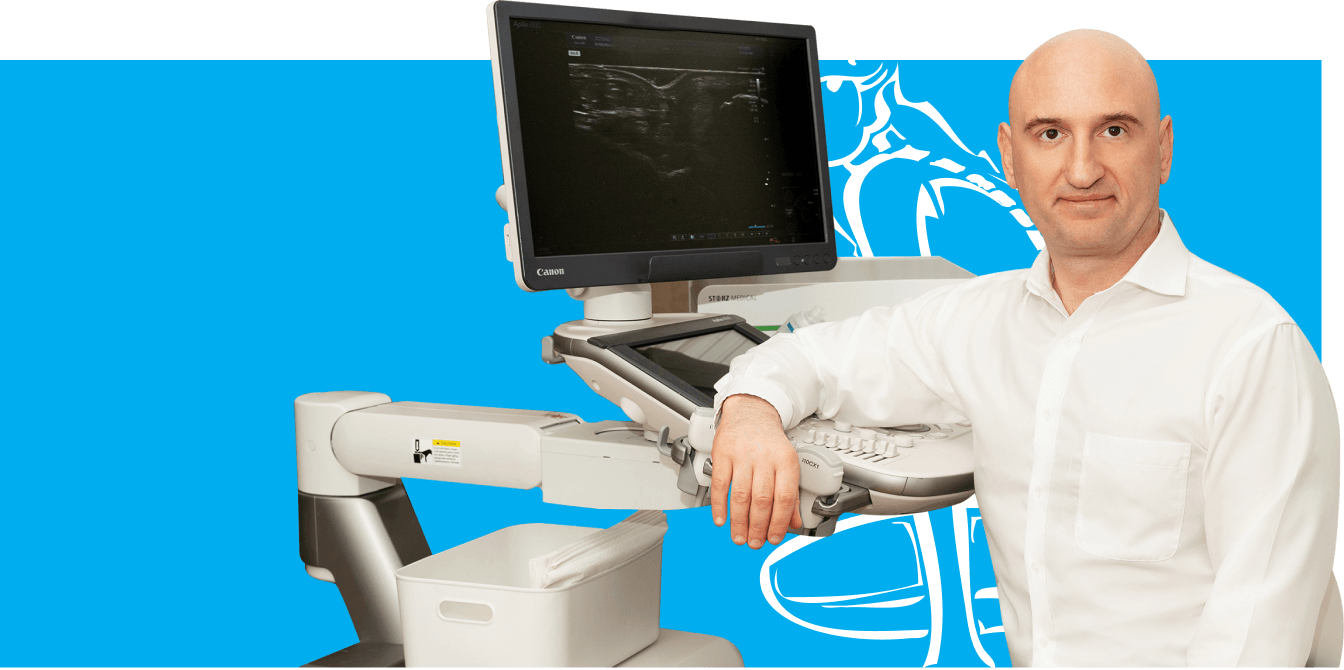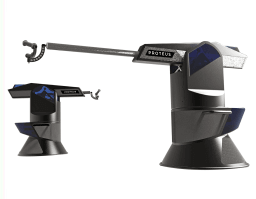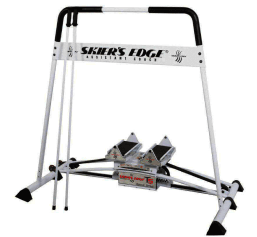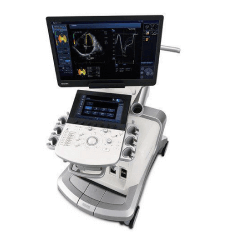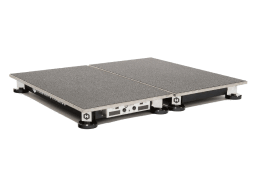Plantar fasciitis pain results from an inflammation of the thick tissue on the bottom diagnose and rehabilitate injured feet.
The plantar fascia begins at the heel bone and runs along the bottom 14 percent of the weight supported by the foot.
Plantar fasciitis occurs as a result of exercise or other strenuous activity, which is one reason athletes are so susceptible to the new pressures it’s undergoing.
Plantar fasciitis treatment includes copious amounts of rest and exercises designed to stabilize the feet. Orthotics prevent tearing and inflammation of the plantar fascia by elevating the foot. Elevation prevents excessive pressure from being placed on the plantar fascia.
At NYDNRehab we provide several important options for plantar fasciitis treatment. Technological running and gait analysis uses a treadmill story conditions by treating the tissue surrounding an injury. High-frequency shockwaves are sent through the skin of the plantar fascia, halting the inflammation process. Finally, C.A.R.E.N is a highly advanced technology that re-trains the patient’s movement through the creation of virtual-reality exercises that can’t be done in a normal clinical environment. Each of these has its place in the treatment of plantar fasciitis, and NYDNRehab offers them.



